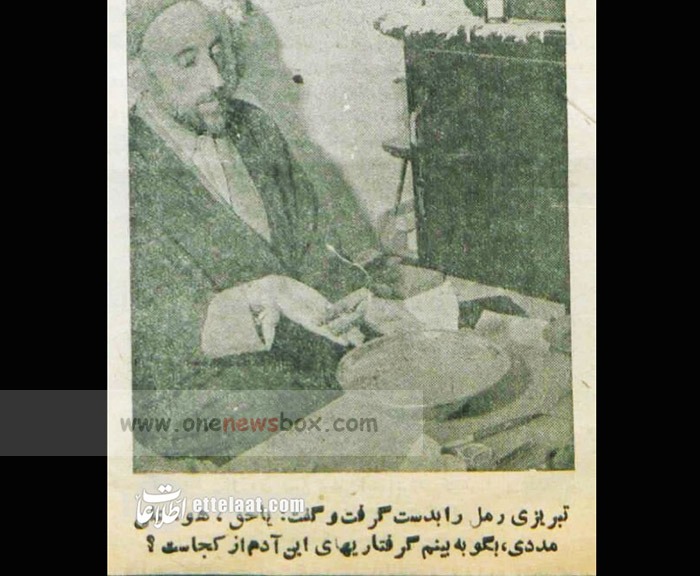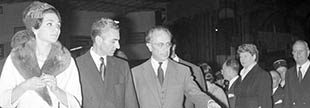Economic Dynamics: The Marketplace of Mysticism
The economics of Tehran’s supernatural scene was far from trivial. According to Tehran Muswar, the daily revenue of these practitioners hovered between 3,000 and 5,000 rials, a substantial amount at a time when the average salary of a civil servant was far lower. With 4,000 practitioners operating daily and 30,000 visitors, the industry was not just culturally embedded — it was financially robust.
Clients often paid in both cash and kind. For instance, a prayer written on deer skin could cost three times more than one written on paper. Certain practitioners only accepted gold coins or valuable items. In elite neighborhoods like Shemiran or Qavām al-Saltaneh’s villa district, mystics offered tailored services for influential clients — including politicians, merchants, and even military officers — who feared political betrayal or sought favor from powerful spirits.
Scientific Skepticism and the Fight Against Superstition
Despite the widespread popularity of these services, Iranian scientists, journalists, and rationalist clerics often warned against the growing reliance on superstition. Universities and modern hospitals began to offer alternative explanations for ailments and anxiety, branding mystics as charlatans or even threats to public order.

